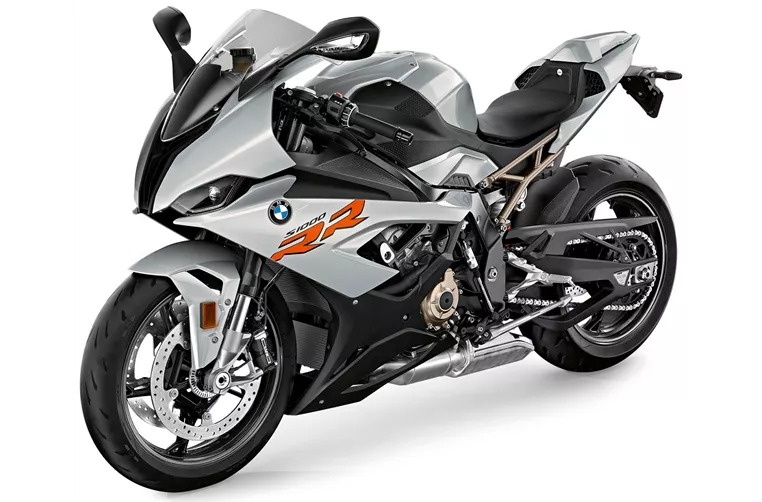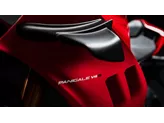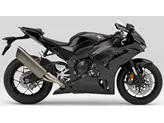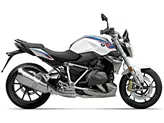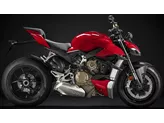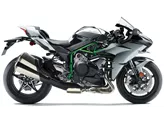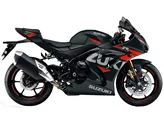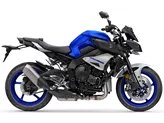BMW S 1000 R 2017 vs. BMW S 1000 RR 2020

BMW S 1000 R 2017
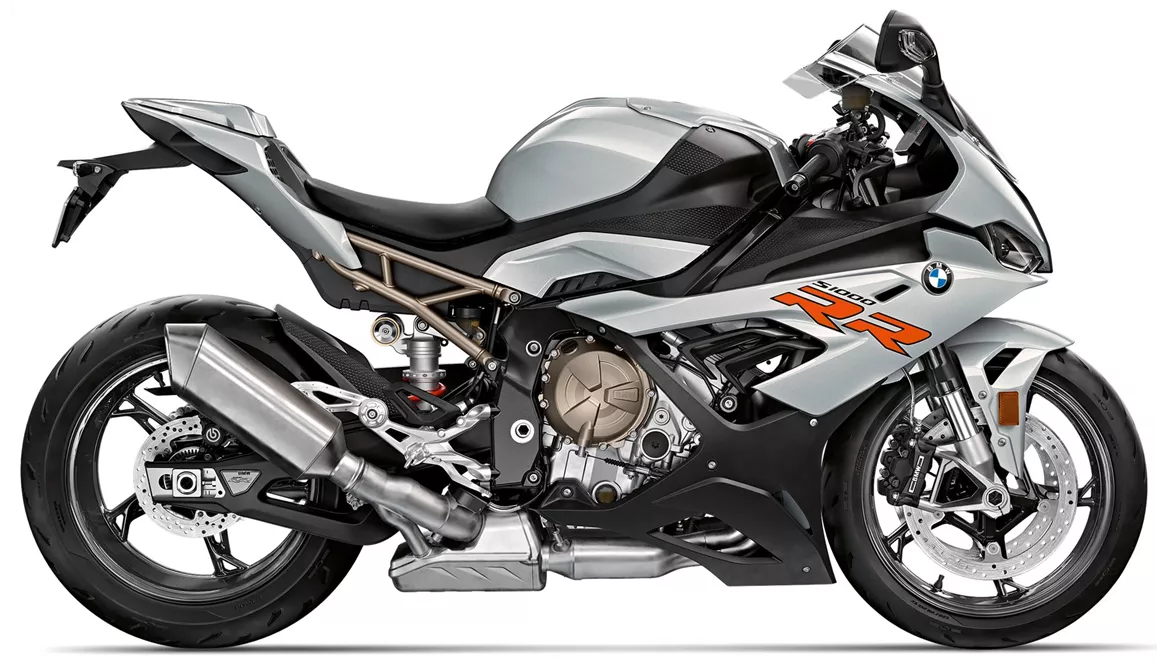
BMW S 1000 RR 2020
Overview - BMW S 1000 R 2017 vs BMW S 1000 RR 2020
The BMW S 1000 R model year 2017 and the BMW S 1000 RR model year 2020 are both impressive motorcycles from BMW, but they have some notable differences.
Starting with the technical specifications, both bikes have an in-line engine with the same bore and stroke measurements. However, the S 1000 RR 2020 has a higher engine power of 207 HP compared to the S 1000 R 2017's 165 HP. The torque is slightly lower in the S 1000 RR at 113 Nm compared to the S 1000 R's 114 Nm. The compression ratio is also higher in the S 1000 RR at 13.3 compared to the S 1000 R's 12.
In terms of suspension, both bikes have upside-down telescopic forks at the front and swing arm suspension at the rear. However, the S 1000 RR 2020 has a slightly smaller diameter front suspension at 45 mm compared to the S 1000 R's 46 mm.
The chassis of both bikes is made of aluminum and has a twin-tube frame design. However, the S 1000 RR 2020 has a load-bearing engine frame type, which provides additional stability and rigidity.

BMW S 1000 R 2017
In terms of brakes, both bikes have double disk brakes with four pistons and radial technology at the front.
In terms of advanced rider assistance systems, the S 1000 RR 2020 has a more comprehensive package. It includes ABS, riding modes, launch control, ride by wire, quickshifter, and traction control. The S 1000 R 2017 only has dynamic suspension as an advanced rider assistance system.
In terms of dimensions and weights, both bikes have the same front and rear tire width and diameter. The S 1000 RR 2020 has a slightly longer wheelbase at 1441 mm compared to the S 1000 R's 1439 mm. The seat height is also slightly higher in the S 1000 RR at 824 mm compared to the S 1000 R's 814 mm. The kerb weight with ABS is lower in the S 1000 RR at 197 kg compared to the S 1000 R's 205 kg. The fuel tank capacity is also slightly lower in the S 1000 RR at 16.5 l compared to the S 1000 R's 17.5 l.
In terms of strengths, the S 1000 R 2017 is praised for having the best shift assistant in the naked bike league and a powerful engine with great sound and handling. It also offers a wide range of equipment and accessory options and has very powerful brakes. The semi-active suspension eliminates the need for setup fiddling.

BMW S 1000 RR 2020
On the other hand, the S 1000 RR 2020 is praised for its very linear power delivery and wide rev range, making it highly controllable. The ShiftCam technology provides plenty of pressure in the lower rev range. It also has an excellent DDC (Dynamic Damping Control) system and a top-notch electronics package. It is considered a harmonious overall package for both road and track use.
In terms of weaknesses, the S 1000 R 2017 is criticized for its original equipment tires not being of the finest quality and for having an inactive seating position on the racetrack.
The S 1000 RR 2020, on the other hand, is considered to be a bit "characterless" compared to other bikes in its class and lags behind on the spec sheet in direct comparison.
Overall, both the BMW S 1000 R 2017 and the BMW S 1000 RR 2020 are impressive motorcycles with their own strengths and weaknesses. The S 1000 R 2017 offers a versatile and powerful naked bike experience, while the S 1000 RR 2020 provides a more refined and performance-oriented supersport experience.
Technical Specifications BMW S 1000 R 2017 compared to BMW S 1000 RR 2020
Pros and Cons in comparison
Pros and Cons in comparison
BMW S 1000 R 2017

BMW's universal talent also got better in 2017. The BMW offers the widest range of use and an exceptionally cultivated engine, a perfect gearbox and the best shift assistant in the field. It drives simply but quickly. You sit rather low in the vehicle.
BMW S 1000 RR 2020
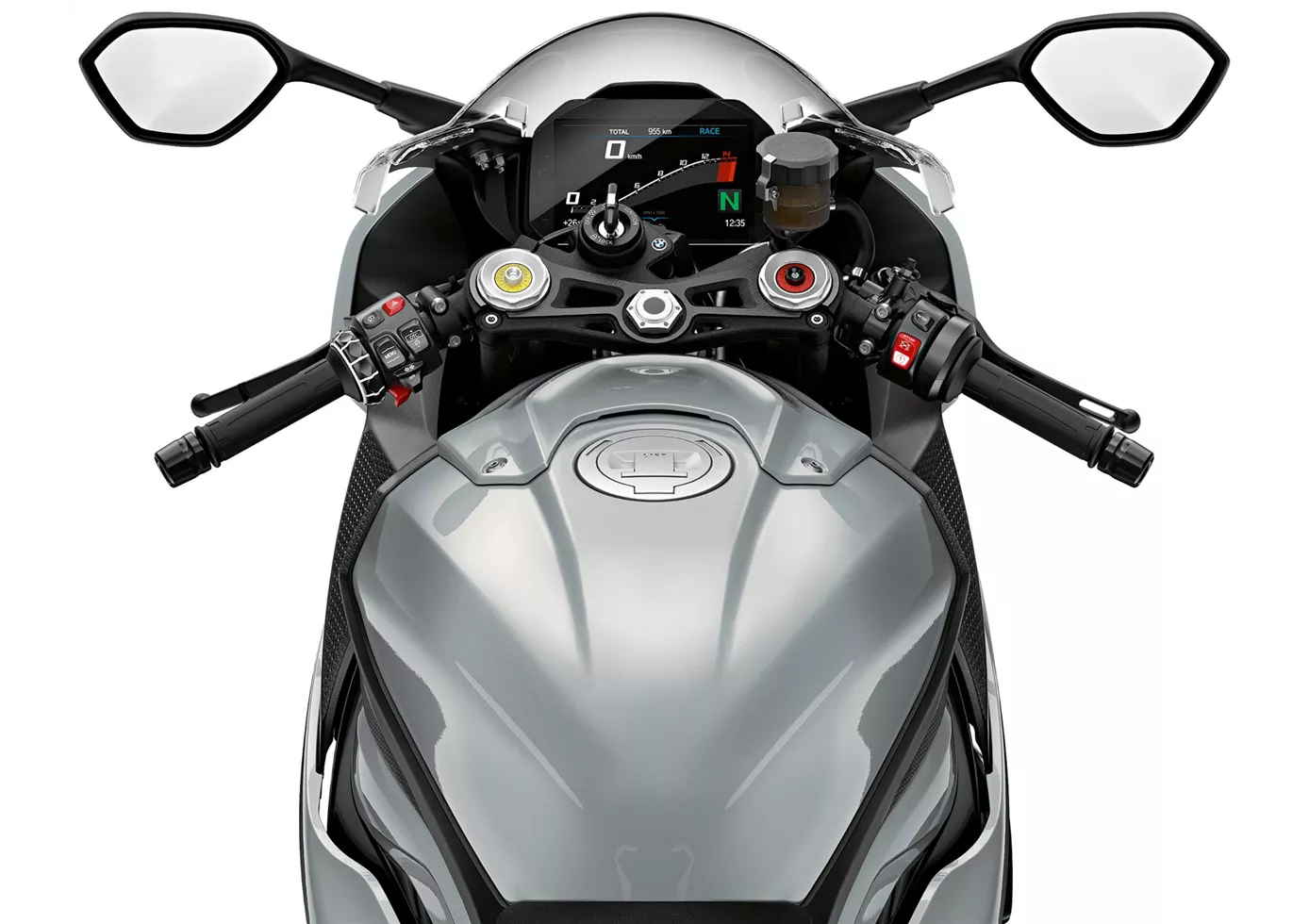
A real "all-rounder" superbike. The BMW knows how to play to its strengths both on the race track and on the country road. Thanks to variable camshaft control, the powerful engine is already convincing at the bottom end and accelerates harmoniously across the entire rev range, with plenty of power in every range. For the hobby pilot, the chassis certainly functions excellently in every situation, provides transparent feedback and offers many adjustment options. The seating position is sporty yet relatively comfortable. The electronics work very harmoniously without patronising the rider - TOP!
Price Comparison Avarage Market Price BMW S 1000 R vs BMW S 1000 RR
There are a few key differences between a BMW S 1000 R 2017 and a BMW S 1000 RR 2020. In terms of price, the actual average price of a BMW S 1000 RR 2020 is about 62% higher. Compared to BMW S 1000 RR 2020 there are more BMW S 1000 R 2017 bikes available on the 1000PS.de Marketplace, specifically 22 compared to 16. It takes less time to sell a BMW S 1000 RR with 68 days compared to 97 days for the BMW S 1000 R. Since model year 2014 1000PS.de editors have written 62 reviews for the BMW S 1000 R and 135 reviews for the BMW S 1000 RR since model year 2010. The first review for the BMW S 1000 R was published on 03/11/2013 and now has more than 17,300 views. This compares to more than 4,000 views for the first review on BMW S 1000 RR published on 16/04/2008.

